
Ubiquitous statistics claim that more than 80% of the population is diagnosed with osteochondrosis of the cervical spine at various stages. Meanwhile, doctors warn of the very dangerous consequences of neglected forms, which can become a threat not only to the health but also to the life of the patient.
Osteochondrosis of the cervical region - what is it
By itself, osteochondrosis is an irreversible degenerative-dystrophic destruction of the vertebral discs and vertebrae. It is characterized by a violation of the integrity of the intervertebral component, which causes intervertebral hernia and bulging, and further destruction of the vertebral bones. These changes lead to complex processes in the body and, in addition to causing severe pain, affect the functioning of the body as a whole.
The process is irreversible, it is impossible to restore damaged cartilage and discs, you can only slow down their destruction.
The danger of this process in the cervical region is multiplied due to the presence of a large number of nerve fibers and blood vessels that connect the brain and the human body, as well as the proximity of vertebral bodies (there are 7). them in a small space).
Attention! The slightest compression of arteries, nerve fibers or blood vessels in the cervical spine will cause a number of symptoms, the severity of which will depend on which roots or vessels are compressed.
Reasons
There are many reasons for this dangerous disease, although it is still not known exactly why osteochondrosis occurs in a certain area. Factors that cause cervical osteochondrosis will include:
Lifestyle
This is the most extensive factor in both quantitative and qualitative terms. It should include:
- sedentary mode;
- prolonged stay in a tense or uncomfortable position during significant periods of time;
- low physical exertion on the spine (this contributes to the weakening of the muscular corset);
- excessive stress on the spine.

Today, a very large number of people are susceptible to these factors due to the prevailing model of social life and social behavior.
Injuries
Spinal injuries in 90% of cases are accompanied by cervical osteochondrosis. It often does not occur immediately after the injury, but after a certain time. Here the main component of the phenomenon will be the disturbed integrity of the ridge.
Hormonal disorders
This factor can occur as early as adolescence, during the restructuring of the child's body. This type of osteochondrosis can be successfully treated.
If osteochondrosis occurs in the background of menopause or diseases that change the hormonal background (diabetes mellitus, multiple sclerosis), treatment will be symptomatic.
genetic predisposition
This reason almost always occurs as a side effect with others. Because genetic predisposition in itself is not the basis for the development of the disease, but it is of great importance in the case of other factors.
Symptoms
The manifestations of cervical osteochondrosis are very similar to many diseases, which makes diagnosis difficult. Their manifestations depend on which nerve roots are compressed, in addition, many symptoms are associated with impaired blood circulation in the brain. Despite the wide range of symptoms, several of the most common can be distinguished. Their appearance and strengthening will depend on the stage of development of the disease. They are listed here according to frequency of occurrence.
Headaches in osteochondrosis of the cervical spine
One of the first, most persistent and most common symptoms of cervical osteochondrosis is migraine-type headache. It will be stopped well by analgesics, but as the disease develops, its intensity becomes higher and harder to stop.

The pain may spread by pulsation in the temples and back of the head, may affect the parietal region, give to the parietal bone.
Neck pain
Usually weak at first, neck pain appears only when you touch the affected area, in the future the pain may radiate to the back of the head, shoulder, arm (this depends on which nerve endings are tightened). At the same time, it appears when turning or tilting the head, a sharp movement of the body, it is set constantly, it has an increasing intensity.
Limitation of range of motion, creaking
Another symptom of cervical osteochondrosis is limited movement of the head and neck, it is difficult for the patient to turn his head, there is no way to do it completely, it is impossible to tilt the head forward or backward. When turning, a characteristic creaking occurs.
weakness of the hands
If the nerve roots responsible for innervating the upper limbs are damaged, weakness appears in the hands, and in severe cases, paralysis can occur.
Numbness of the hands or body
When squeezing the root responsible for sensitivity, there is a loss of sensitivity in the hands, fingers or numbness of certain areas. In advanced forms of the disease, paralysis (complete or partial) of the hand and the whole body is possible. This again depends on which nerves are involved.
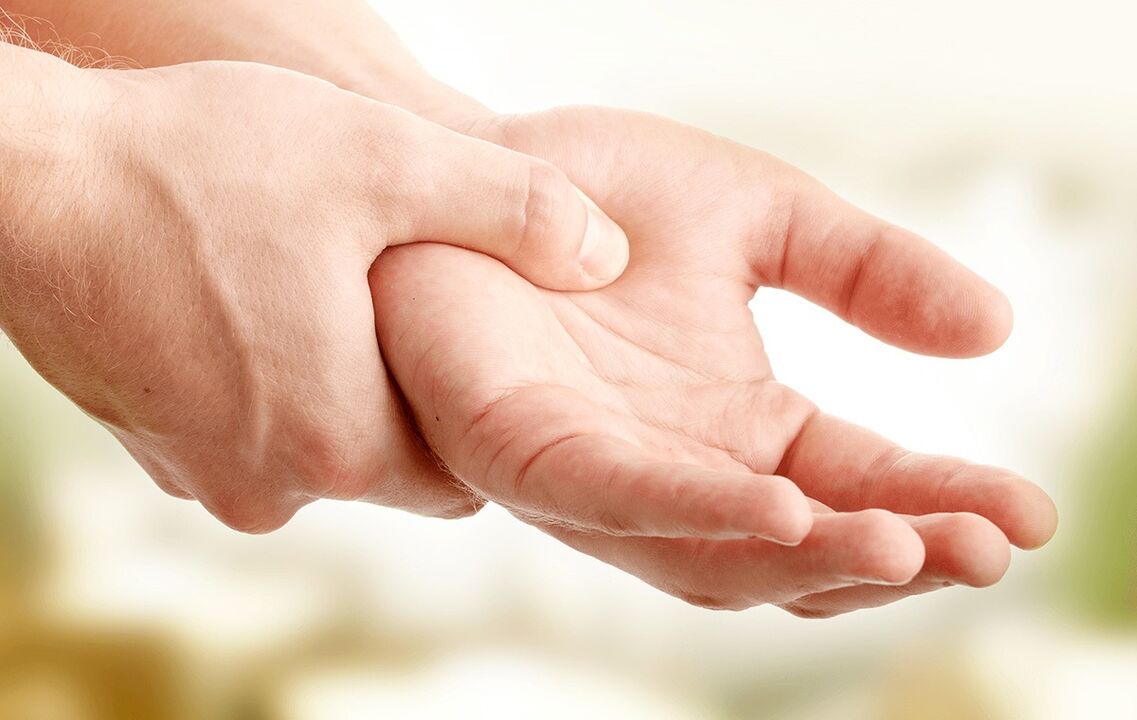
Decreased hearing, vision
This disease is characterized by such signs as hearing and vision loss, numbness of the lips and tongue. These organs are in close proximity and are the first to suffer from a lack of oxygen supply to the brain.
Dizziness with cervical osteochondrosis
In cervical osteochondrosis one of the most unpleasant symptoms will be dizziness, sometimes it can be accompanied by loss of coordination, in some cases there is fainting, nausea. These symptoms are associated with impaired cerebral circulation as a result of constriction of arteries and blood vessels.
About diagnostic methods
If one or more symptoms of cervical osteochondrosis appear, it is better to consult a doctor for a diagnosis. There are several methods for diagnosing osteochondrosis, and the most informative among them will be:
- CT scanner;
- M. R. I;
- dopplerography of blood vessels;
- Radiography is most commonly used.
For the diagnosis of osteochondrosis in the early stages, radiography will be of little information. Dopplerography of blood vessels is performed in severe cases, when severe symptoms occur: loss of sensitivity in large areas, paralysis, fainting.
Successful treatment is possible only in the early stages of the disease and depends on the correct diagnosis.
Stages of the disease
The disease is characterized by an increase in symptoms and their severity, there are 4 stages.
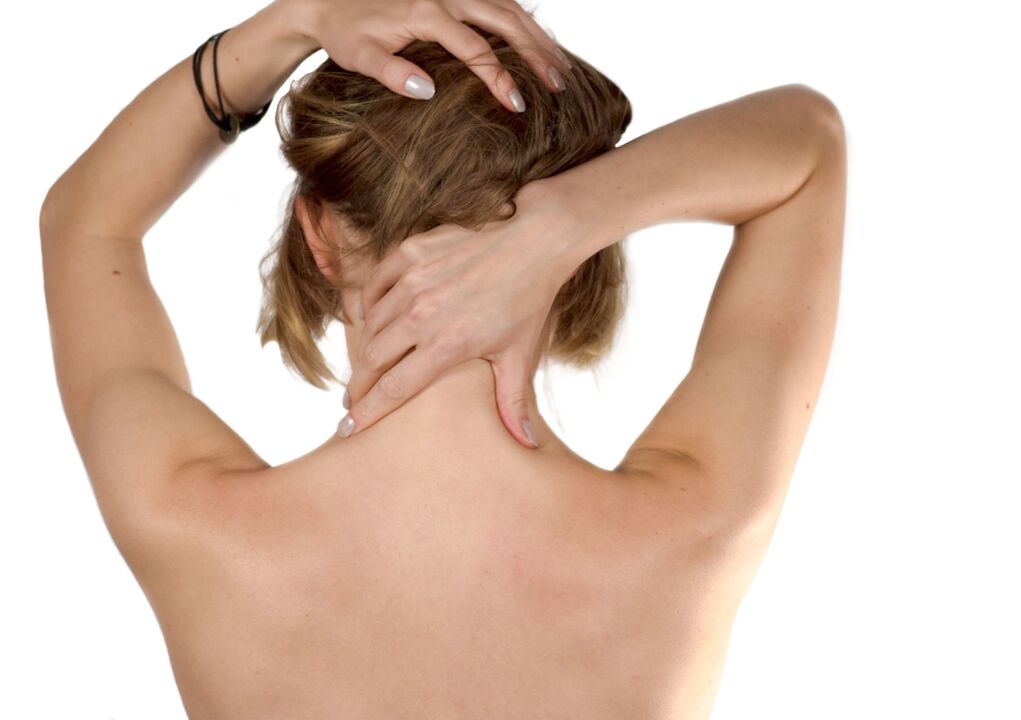
- I-I - this is a pain in the neck when touching the affected nerve endings. Pain occurs when turning the head or neck. At the level of the spine, no damage is detected, only violations of the intervertebral space.
- II-I - this is the appearance of shooting pain, which can radiate to the arm, shoulder, and which intensifies when turning the head. Migraine-type headaches. The pain is caused by minor destructive changes in the vertebral discs.
- III-I - increased pain, which becomes constant, numbness occurs, stiffness of head movements, weakness in the hands, attention and memory are impaired. At this stage, there are violations of the integrity of the discs (cracks, bulging of the joint bag), intervertebral hernia.
- IV-I - characterized by destruction of discs and vertebrae, violation of bone integrity. Surgery is often needed at this stage, because hernias can cause paralysis and immobilization of the upper limbs or the whole body.
Treatment of osteochondrosis of the neck at home is possible and necessary in stages 1-2, stage 3 requires treatment under the supervision of a physician.
Treatment at home
Before starting treatment at any stage, it is necessary to consult a vertebrologist who will make the correct diagnosis and perform the necessary examinations. Osteochondrosis can have symptoms similar to heart failure (hypertension, difficulty breathing, problems with attention and memory).
Attention! Improper or untimely treatment can lead to cerebral ischemia, spinal stroke, spinal cord compression, radiculopathy, and these complications of the disease often endanger the patient's life.
In addition to a correct and timely diagnosis, home treatment should include the following components:
- drug treatment;
- massage;
- special physical exercises.
All three components are very important, they must necessarily go into a complex treatment, which will ensure a good result for a long time.
Massage
Traditional massages will give a very good effect after relieving acute pain. It is recommended to conduct their courses at least once in 6 months. Today, there is a large selection of techniques aimed at treating cervical osteochondrosis, which will allow you to choose the most appropriate option.
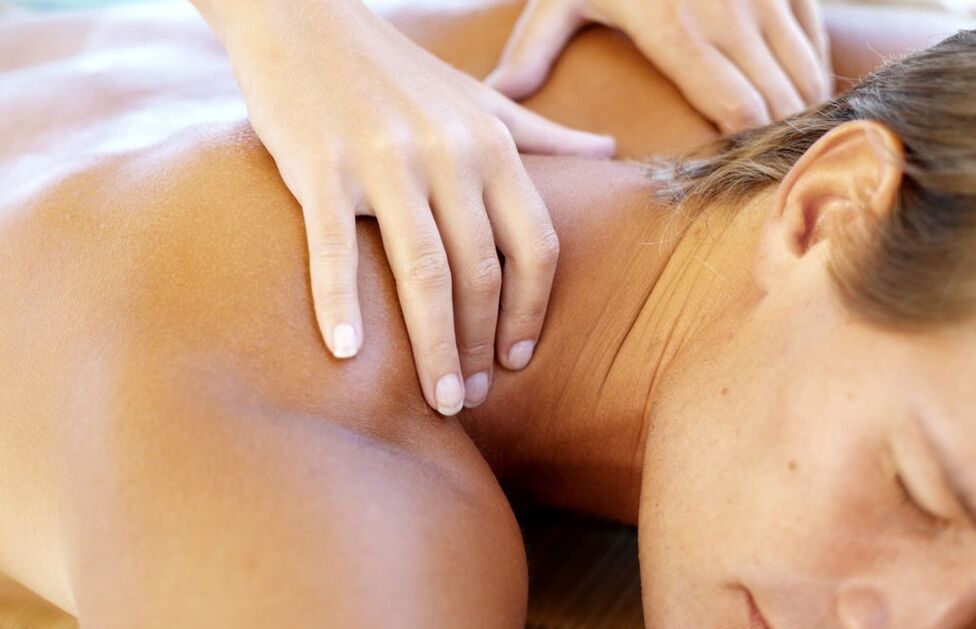
- There are high quality hand techniques that allow you to get a good result.
- A new direction is osteopathy, aimed at healing with the hands, but seeing the human body as a unity of the musculoskeletal, nervous and mental systems.
- A good solution would be a professional acupuncture course led by an experienced professional.
- With success, massage is replaced by chiropractic (leech treatment), not without reason equated with acupuncture.
Exercises for osteochondrosis of the cervical spine
One of the factors for the development of this disease is the small load on the muscular corset. We lead a sedentary lifestyle, we spend a lot of time in the same position, often uncomfortable. Therefore, 10 simple exercises to strengthen the neck muscular corset should be included in daily exercises for everyone. It is especially important to deal with them for those who have the first signs of this disease.
Exercises should be performed only when the acute pain is relieved. When it gets worse, it is undesirable to do them.
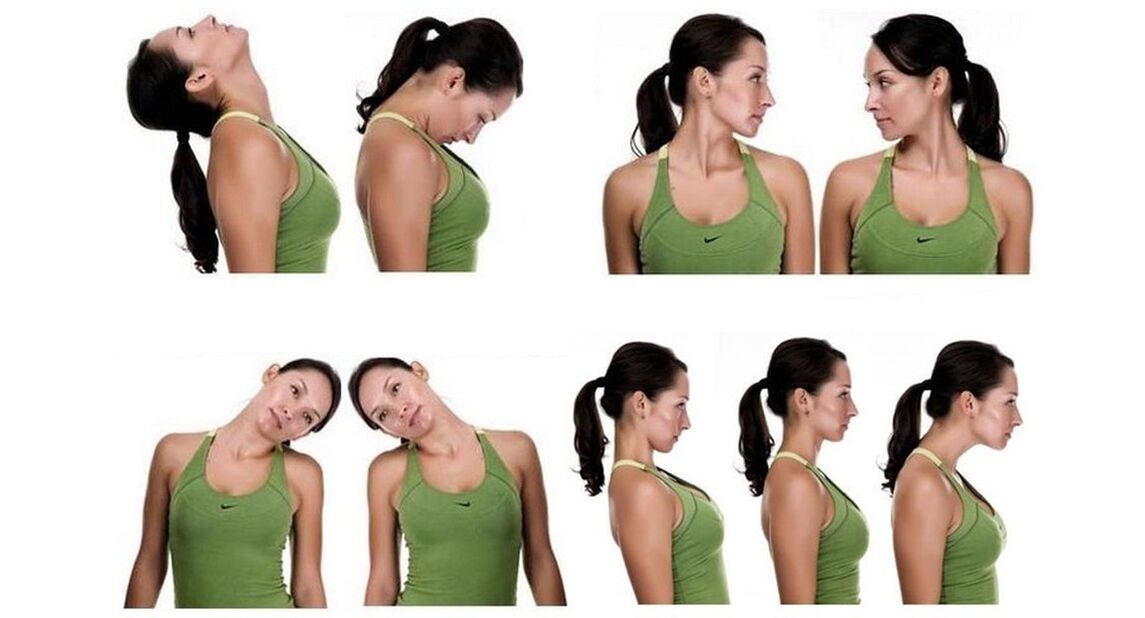
- Perform standing 5-7 times: put your feet shoulder-width apart, abdomen tucked in, shoulders straight. Raise your arms to the side and up, then connect them at the top and return them, trying to connect the blades. Then stand up straight again.
- It is good to perform standing, but you can also sit 7-10 times. Wrap your arms around yourself (as if hugging), try to do it as tightly as possible (elbows forward), then bring your arms back and connect them, touching your elbows with your palms. Try to pull in your stomach.
- It is better to do it standing up, but if you are very dizzy, you can sit down, every movement 3-5 times. The neck is straight, the shoulders are straight. Turn your head to the left and try to touch your shoulder with your chin, do not lift your shoulder. Repeat this, turning your head to the right, taking turns.
- Do the same exercise, tilting your head as far back and forth as possible. Try to reach for your chest with your chin. Slopes work slowly.
- Then make, very slowly and carefully, a semicircle from left shoulder to right, tilting your head forward. Do not make circular motions - just a semicircle. Repeat the movement in the opposite direction.
Do this exercise with your head tilted back as much as possible. Remember to do this slowly and only in semicircles.

- It is better to perform standing up, but you can also sit for 5 seconds. 3-4 times. Squeeze your fists and rest your chin on them. Press your fists firmly with your chin for 5 seconds, then place them on the back of the occipital bone and press again. This exercise trains the neck muscles well.
- Perform sitting 7-10 turns in each direction. Put your hands on your hips, tilt your head as far forward as possible, it is good if you can rest your chin on your chest. Now turn your head left and right alternately, keeping your chin on your chest.
- Perform sitting in an armchair, try to do it at least 3-4 times. Shrugged shoulders, try to look at the wall behind you.
- Perform sitting on a chair, placing your hands between your knees 5-7 times. As you inhale, lean to the side; while exhaling, sit up straight. Do this alternately left and right.
- Lie on your stomach, bend over. Try to do it 5-6 times. Get up as high as you can and stay as long as you can.
Tip! Do the exercise at a convenient time, perhaps during a break or when your neck is tired from a tense pose. There can't be too many of them here. The main thing is not to work many times at once.
Treatment with folk remedies
Treating spinal problems with folk remedies mainly involves warming the affected area. When using prescriptions to treat cervical osteochondrosis, you should be careful, because close proximity to the brain can make overheating too intense more harmful than helpful.

You need to use recipes that have a mild effect, which do not cause severe irritation.
Grandma's ointment
To prepare it, you will need:
- 10 ml of iodine;
- 10 ml of camphor oil;
- 10 tablets of analgin (500 mg);
- 300 ml of alcohol.
The tablets need to be ground into a powder and all the ingredients mixed. The resulting composition is applied in a thin layer on the neck.
Compresses
- Potato. It is good to put a wrap of grated potatoes with honey at night.
- Horseradish. Keep fresh horseradish leaves above steam, cool and put on for 10-15 minutes. to the door.
- Hop. Mash unsalted lard (1 tablespoon) and add ground fresh or dried hop cones (1 teaspoon), apply the resulting mixture on the back of the head as a poultice all night.
- Aloe. Take 1 part ground aloe leaves, 2 parts honey and 3 parts vodka. Mix everything and leave to stand for 12 hours. Apply the dressing for no longer than 15 minutes.
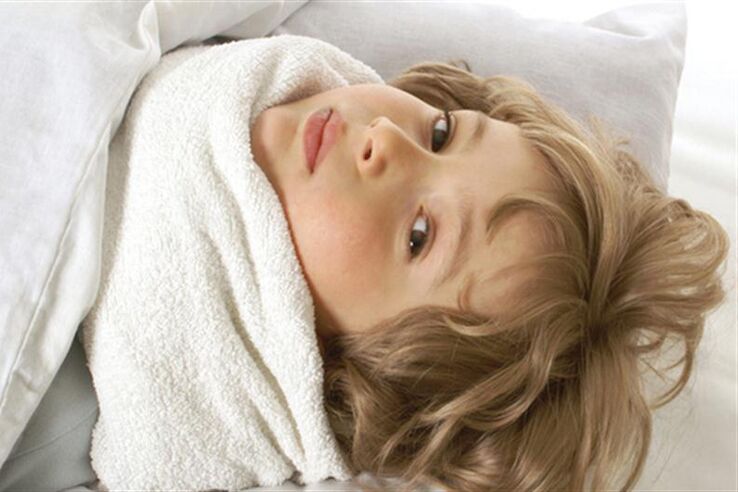
Treatment
Traditional treatment should consist of anti-inflammatory drugs that are periodically needed to relieve severe pain and drugs designed to mobilize the body to fight disease: vitamins, neuroprotectors, chondroprotectors.
In addition, depending on the symptoms, medications are prescribed to alleviate the symptoms caused by damage to a certain part of the nerve roots, and these can be medications:
- pressure reduction;
- to improve vision;
- to relieve stiffness.
Anti-inflammatory drugs
In the initial stages, severe pain can be stopped with the help of painkillers.
Non-steroidal anti-inflammatory drugs are prescribed during exacerbations to relieve inflammation. These medicines are available in tablets, capsules or solutions for injection. Some take the form of ointments for external use. The course of treatment should be determined by a physician.
Long-term use of drugs from a number of anti-inflammatory nonsteroidal drugs can even in a healthy person lead to irritation of the gastrointestinal mucosa (GIT). In the presence of diseases of the gastrointestinal tract - treatment with analgesics causes worsening.
vitamins
Be sure to take B vitaminsone,AT6,AT12). They help to improve the functioning of the brain, have a positive effect on the functioning of the nervous system, improve the transmission of nerve impulses, which affects the improvement of the general condition.
These vitamins can be taken in the form of injections intramuscularly, according to the scheme or in combination, which will significantly improve their effect. In the first stages of the disease, they appear in the form of tablets (vitamin complexes) or dietary supplements (official medicine does not recognize them).
Drugs that improve cerebral circulation
Neuroprotectors are drugs that affect the functioning of the brain. This includes a large group of drugs that affect various processes, among nootropics that improve memory and concentration.
Medications are prescribed in cases of impaired blood flow to the brain as a result of constriction of blood vessels.
Attention! Neuroprotectants must be prescribed by a neurologist.
Chondroprotectors
A special place is occupied by chondroprotectors - drugs that improve the nutrition of the cartilaginous tissue of the spine (glucosamine and chondroitin), which should slow down their destruction. Clinically, their positive effect has not yet been proven, but they are used as dietary supplements and are allowed for sanitary and medical examinations.
These drugs may be useful in stages I and II. It is unlikely to have the desired effect in the future.
About diet and nutrition
In cervical osteochondrosis, it is important to eat foods and herbs that contain B vitamins, and these can be:
- poultry meat;
- porridge, chamomile;
- mint, coltsfoot;
- celery.
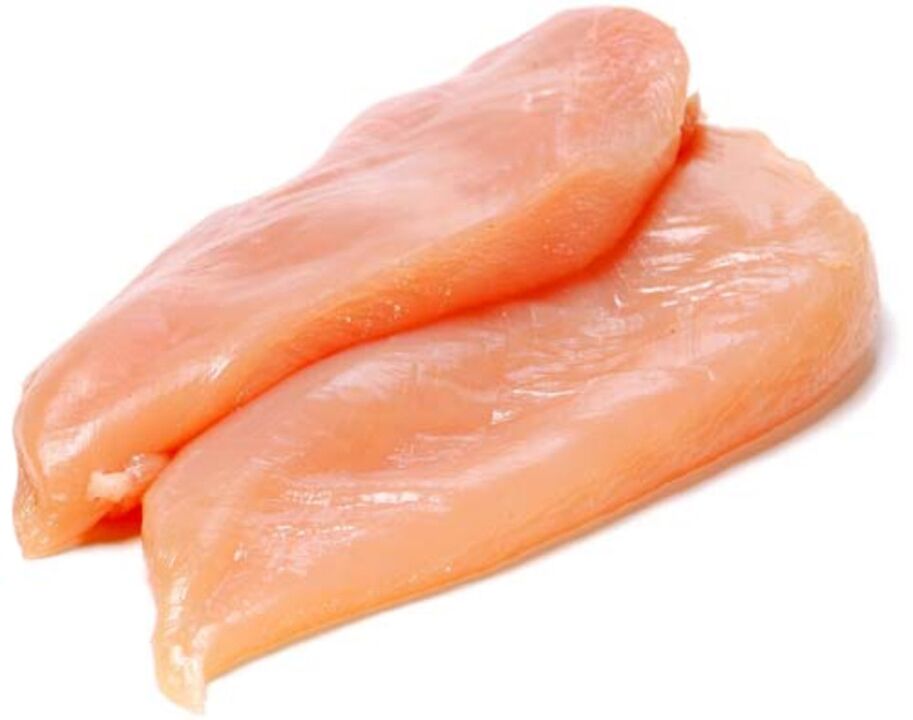
Display of fresh vegetables and fruits. It is undesirable to use salt, its amount should be reduced to a minimum. This is due to impaired cerebral circulation. There is no need to increase calcium and potassium intake.
Osteochondrosis of the cervical spine is an insidious disease that can lead to complex pathologies that lead to disability. At the same time, proper behavior, moderate physical activity and systemic treatment can slow its development and even stop it for a long time. Live happily and be healthy!


















